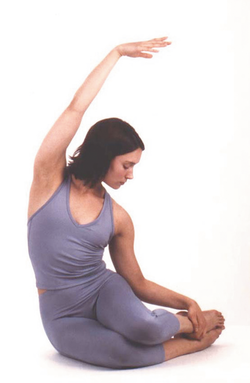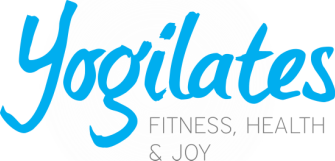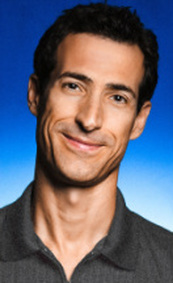
Anyway, Pilates has certainly come a long way from when I first started to study it back in 1996. Back then, I pretty much got the classical approach, focusing on the execution and routines, and not so much on the mental aspects of the practice. I’m sure there were already teachers exploring this aspect, but Pilates was still a few years from going mainstream and the integration of sensory awareness and mindfulness into the technique was idiosyncratic. We still are working at it, but it is much more acceptable now to discuss things like the breath and relaxation and visualizations when teaching Pilates then it was ten years ago.
There is a related issue to this discussion which has to do with letting go of hard, fast rules when it comes to fitness and nutrition. I need a lot of carbs in my diet because I burn a lot of calories on most days. On the other hand, I try to make most of the grains I eat whole grains, which ups the fiber in my diet and keeps me from having sharp insulin drops. Some people eat little if any carbs and they believe it has made them healthier. For many people, cutting wheat products from their diet reduces bloating and improves energy. Someone who is gluten-intolerant has to avoid breads, cereals and pasta, but can still eat rice and quinoa and beans. I know someone like this and I’m sure she eats far fewer carbs than a normal diet, but her energy is better than it was before. The fact is that everyone is different and no one diet is best for everybody.
The same is true with exercise. Some people believe they get all that they need from a fitness routine that doesn’t include any aerobic exercise. On a physiological level, I can’t find any basis for this type of fitness program. Nevertheless, I know a person who only does resistance training and she looks great. I also know some people who only do yoga or pilates for exercise, and who am I to say they need to change or add to their program. I am a firm believer in persuading others through example and not by lecture. One thing I've learned as I've matured, is that you cannot change someone’s mind just by arguing. Most people have too much invested in their own perceptions of their bodies to change their behavior just because someone tells them to. People will change when they are ready and when they have a compelling personal reason to do so.
All of the above being said, there does seem to be a consistent character trait with people who exhibit exclusionary behavior patterns (without medical reasons for it) like severe carbohydrate restriction or limit themselves to only one kind of exercise, and that is they tend to be less tolerant of others in general. Could it be that sub-consciously they feel deprived and this leads to intolerance toward people living more freely? Now, let me be clear that when I talk about exclusionary behavior, I am not talking about people who are just well disciplined. Discipline, as I talk about in my book on Yogilates, does not necessarily restrict freedom; rather it can give you more liberty by providing rational limits and motivations that make choices easier. If you have no limits you would have too many choices which can clutter the mind and stop you from progressing in life. Discipline is a good thing and means you still execute good decisions even when stressed, and you still work out even when you are tired or it is raining, etc. An exclusionary person, by contrast, bases their behavior on a belief rather than discipline, and that belief isn’t grounded in either scientific fact or personal experience. For example, a person thinks they don’t need to do any exercises for their feet even though they have back problems. They want to only do abdominal exercises thinking this will be enough. However, their reasoning is not backed by either science or by their personal experience, since they have never done footwork or know what the effect would be. That is an exclusionary mindset and is detrimental to the person's goals. In addition, this person has a very low tolerance for other people in general. They judge others quickly and unfairly and are openly prejudiced about many topics. These people are difficult to train and not nice to be around for much time at all. What a pleasure it is when a client walks in who is genuinely open to new ways of moving and feeling and understands and appreciates the different perspectives a mind/body approach brings to their way of being.
I recommend to everyone to try to do something new everyday. To resist from judging others or ideas too quickly. To practice seeing things from different point of views. We all could probably use a little more tolerance toward ourselves and to others. This will lead to more personal and universal peace. Hopefully!


 RSS Feed
RSS Feed
